Ninfa: The extraordinary tale of an English country garden which thrives in the heart of Italy
Charles Quest-Ritson fell in love with the spectacularly romantic gardens of Ninfa decades ago, and is just as entranced now as he was then. But make your visit while you can, he warns, since its future is not secure.
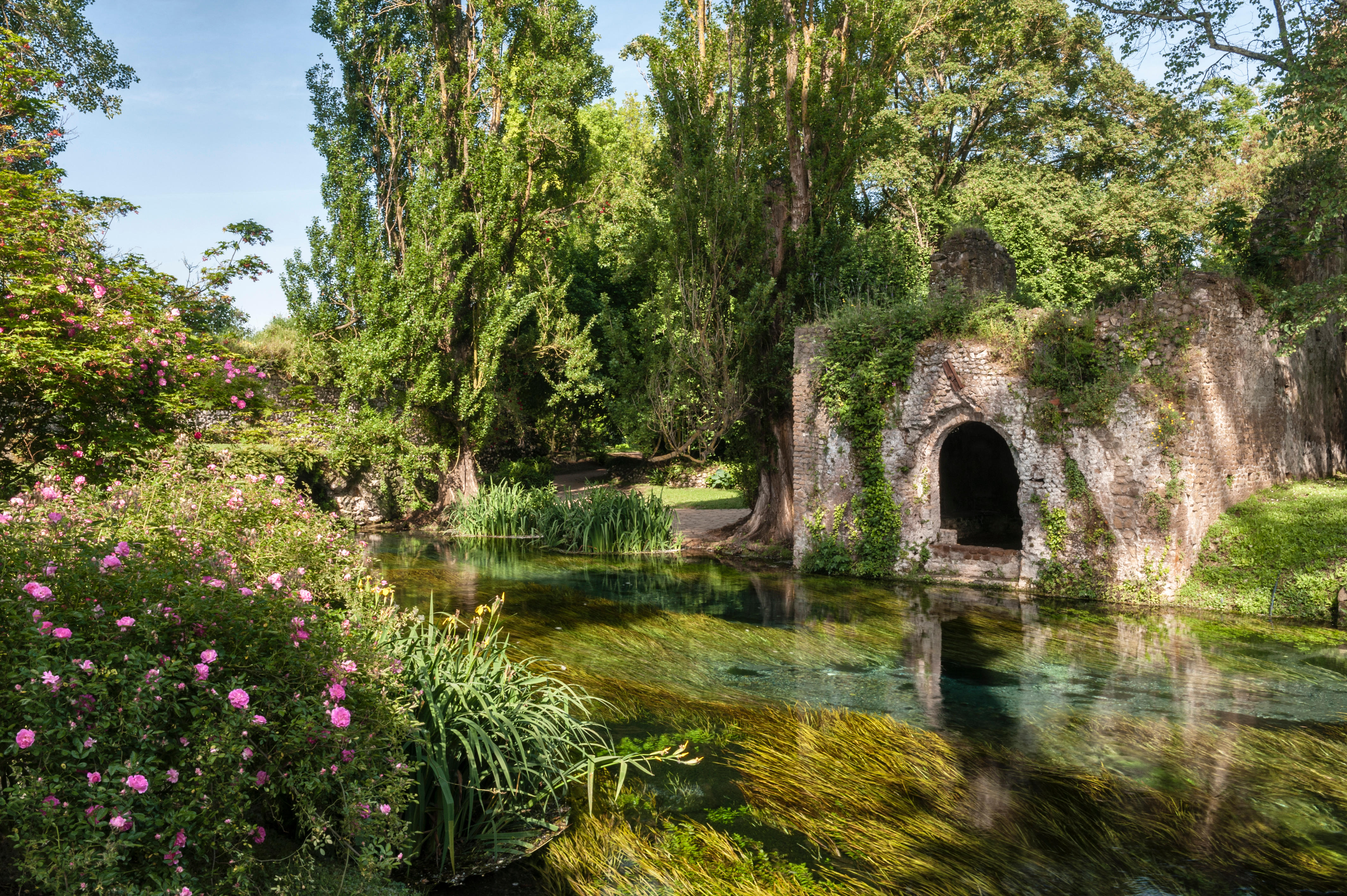

I first heard about Ninfa when I was barely out of school. It was an English garden made around the ruins of an abandoned Italian town somewhere south of Rome. Lots of people seemed to know the owners, but we didn’t, so it was some years before I wangled an introduction, passed through the garden gate and found myself in Paradise.
I wrote about it ecstatically in my first book, The English Garden Abroad, nearly 30 years ago, but Ninfa has a way of working ever deeper into your skin and, eventually, I had to dedicate a whole book to it. This was published in 2009 as Ninfa: The Most Romantic Garden in the World and is the only book I’ve ever written on spec, without a publishing contract until I’d finished it. Second-hand copies used to retail for exorbitant sums, but, now, it’s been republished by the Friends of Ninfa and the bubble has burst.
It’s not only the medieval walls that render the garden unique – Ninfa’s river gushes out beneath a manmade lake next to the citadel at the phenomenal rate of 1,000 litres per second. It creates a micro-climate for temperate plants that would otherwise not survive a Mediterranean summer. Ninfa’s grass is always green.

The town was sacked and set alight in a local war in 1381. Its feudal owners, the princely Caetani family, decided to abandon it – the cost of repair and re-population was too great. Roofs collapsed, walls crumbled and the ruins were smothered by thickets of hawthorn and bay. Ninfa slumbered, let to tenant farmers for grazing and, latterly, visited from time to time by English watercolourists, such as Edward Lear.
In 1921, Ninfa was inherited by Prince Gelasio Caetani – war hero, mining engineer, politician and diplomat – who began to clear the overgrowth of centuries, excavate the medieval ruins and plant a garden within and around them.
His mother was English – Ada Bootle-Wilbraham, a niece of Lord Derby, the Prime Minister – and, as were many well-born Victorian ladies, she was an enthusiastic hands-on gardener. Many of the climbing roses that drape the walls of the ruined houses, churches and fortifications were brought by Ada and planted during her weekend visits.
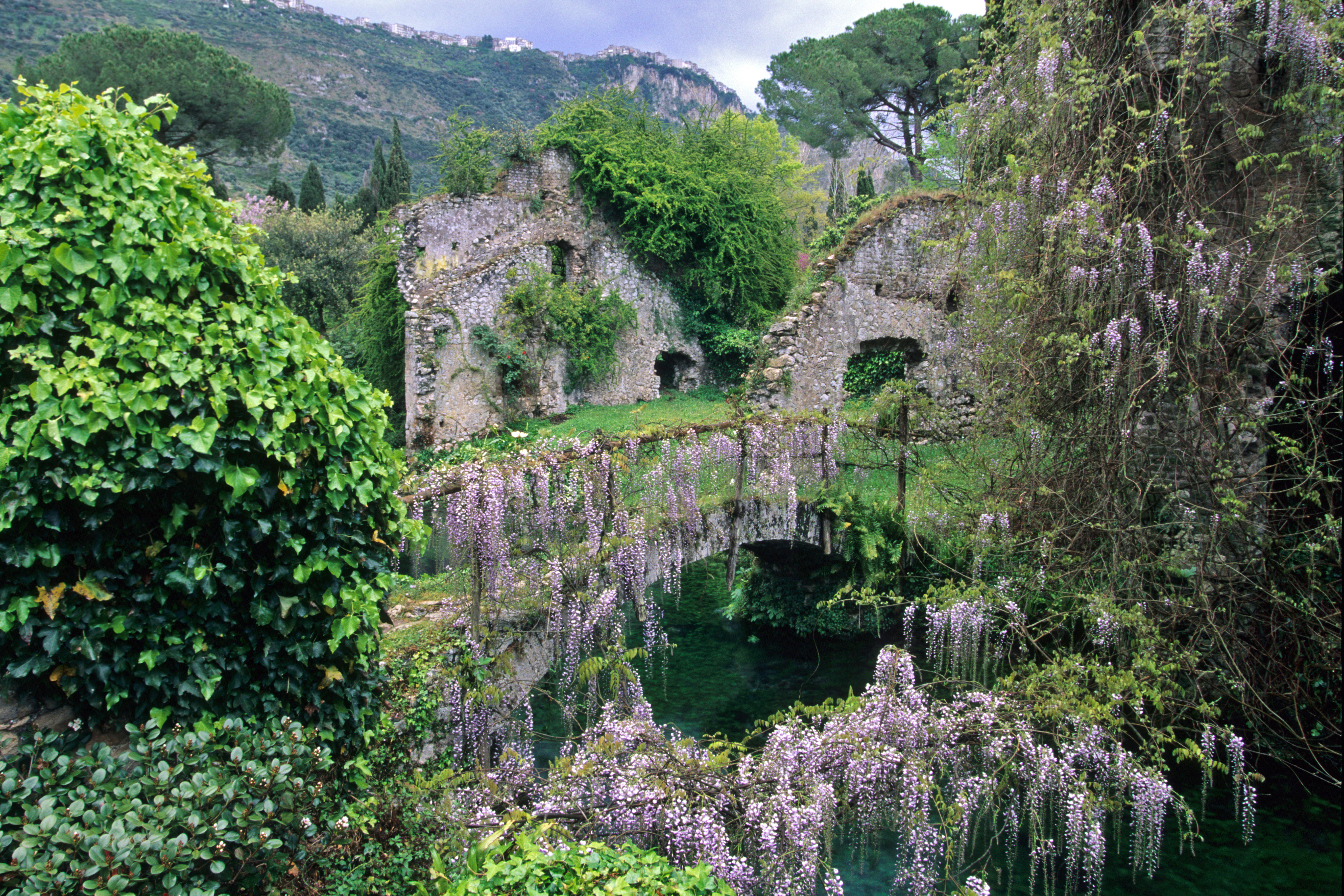
After Gelasio’s death, his American sister-in-law, Marguerite, Duchess of Sermoneta, planted lavishly until, in about 1950, her daughter Lelia took on the venture. Lelia was an artist and a passionate plant lover. Every year, a lorry loaded with new trees and shrubs would come to Ninfa from Hillier in Winchester and Lelia planted them wherever she thought they would fare best and, in addition, where they would create beautiful, harmon-ising, painterly effects.
Exquisite houses, the beauty of Nature, and how to get the most from your life, straight to your inbox.
After her death in 1977, Ninfa was curated with skill and devotion by her English husband, Hubert Howard. The Howards had no children of their own and the male-line Caetani family had died out, so Ninfa was set up as a trust on the English model.
When Hubert died in 1987, management of the garden passed to the Howards’ protégé Lauro Marchetti, who was the son of their estate manager and still a young man in his thirties. Lauro has maintained and developed the garden exactly as Lelia and Hubert intended.
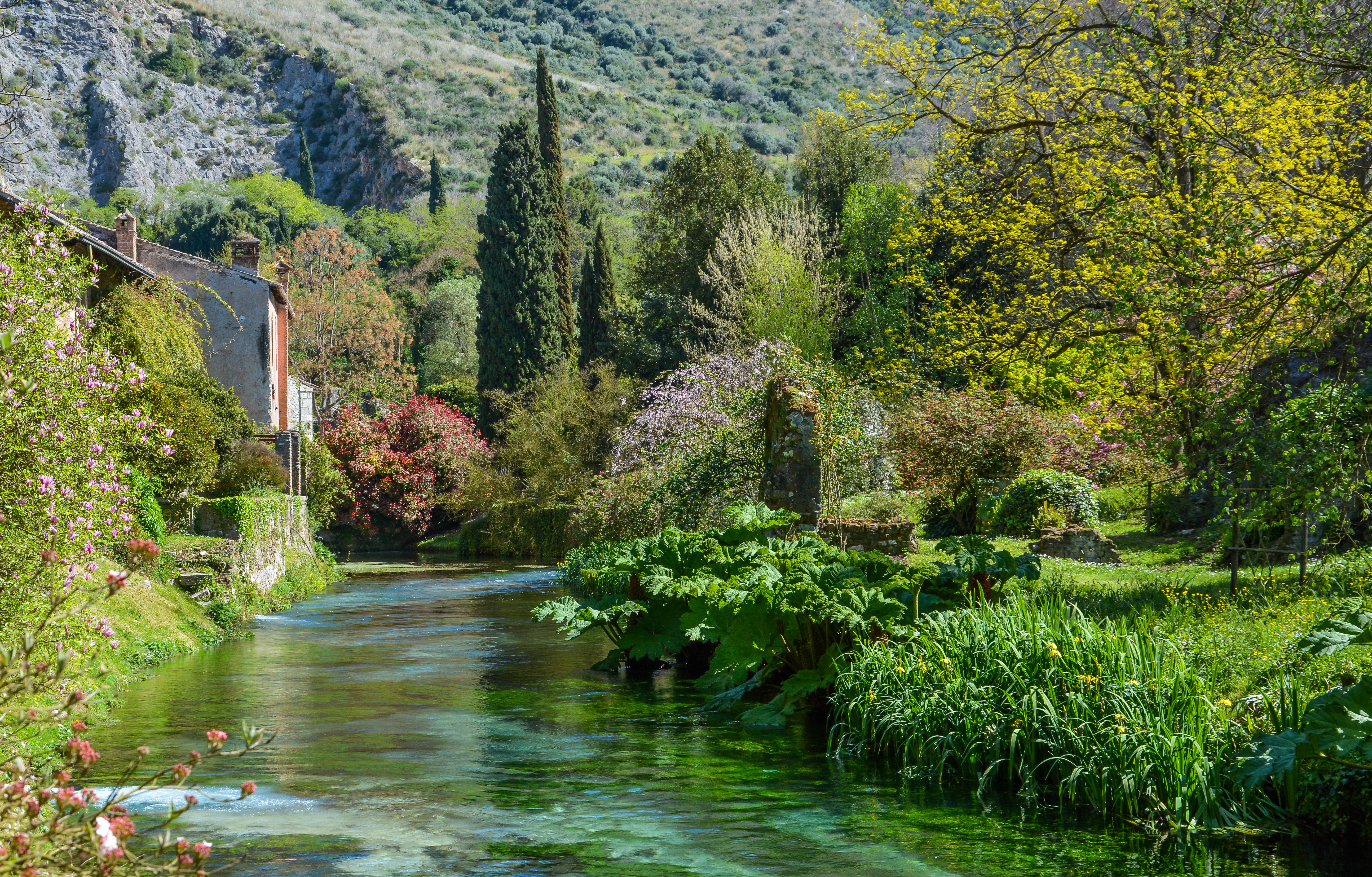
He is that rare creature among gardeners: an Italian who thinks like an Englishman. The plantings have intensified over the past 30 years – Ninfa is ever more Ninfa-ish.
I’m often asked about the best time to visit Ninfa. I love it most in late winter, when the woodland areas are full of light and the first magnolias break into flower. Most people would say the garden reaches a peak of beauty in May, when climbing roses cover its walls and all its 20 acres are filled with scent and beauty.
Ninfa opens on selected days from March to November, but you have to queue up and join a group for a guided tour. It’s a good tour and you see most of the best parts of the garden; better still, however, is to engineer a private visit by joining a group that may, on occasion, be allowed to dally or deviate from the prescribed route.

Best of all is to wander around in the evening, when fireflies glitter and nightingales sing – an experience offered only to very special guests such as members of the Royal Family.
However, you must go now, while the going is good. Lauro is nearing retirement and few Italians understand, as he does, the obligations that English trust law impose. I cannot be as confident about Ninfa’s future as I was when I first passed through the gates of Paradise more than 30 years ago.
To join the Country Life tour to Rome and Lazio, which includes a visit to Ninfa, on May 5–9, contact Boxwood Tours on 01341 241717, email mail@boxwoodtours.co.uk or see www.boxwoodtours.co.uk/country-life-rome-lazio.
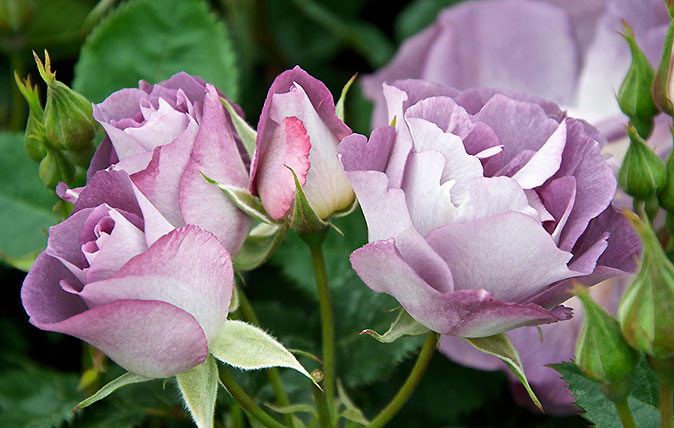
Ultimate guide to growing roses: What to plant, where to plant it, and why you really don’t need to prune
Charles Quest-Ritson, author of the RHS Encylcopedia of Roses, tells you everything you need to know about growing roses.

Credit: Alamy
The day that Woolworths accidentally sold me an endangered species
Charles Quest-Ritson reminisces about the day his bargain purchase of a cyclamen in Woolworths proved to be something rather special.
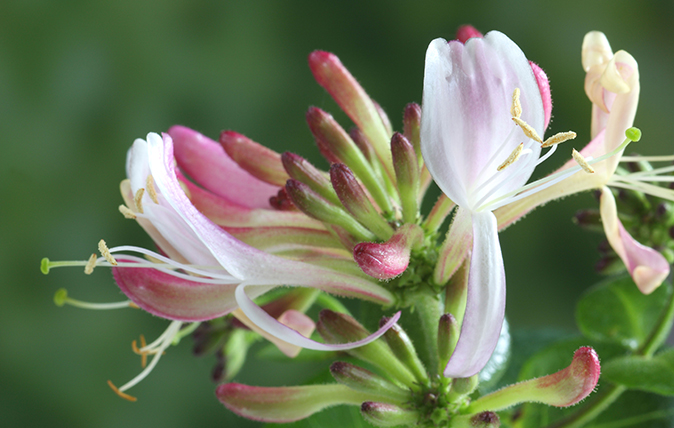
The best honeysuckle to grow in your garden – especially if they’re gifts from now-departed friends
Charles Quest-Ritson extols the virtues of delightful honeysuckle.
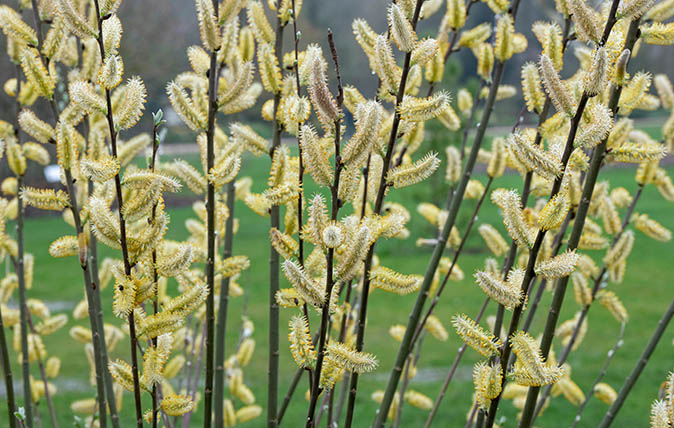
What to plant if you're thinking of putting a willow in your garden
Charles Quest-Ritson offers advice on this incredibly vibrant plant.
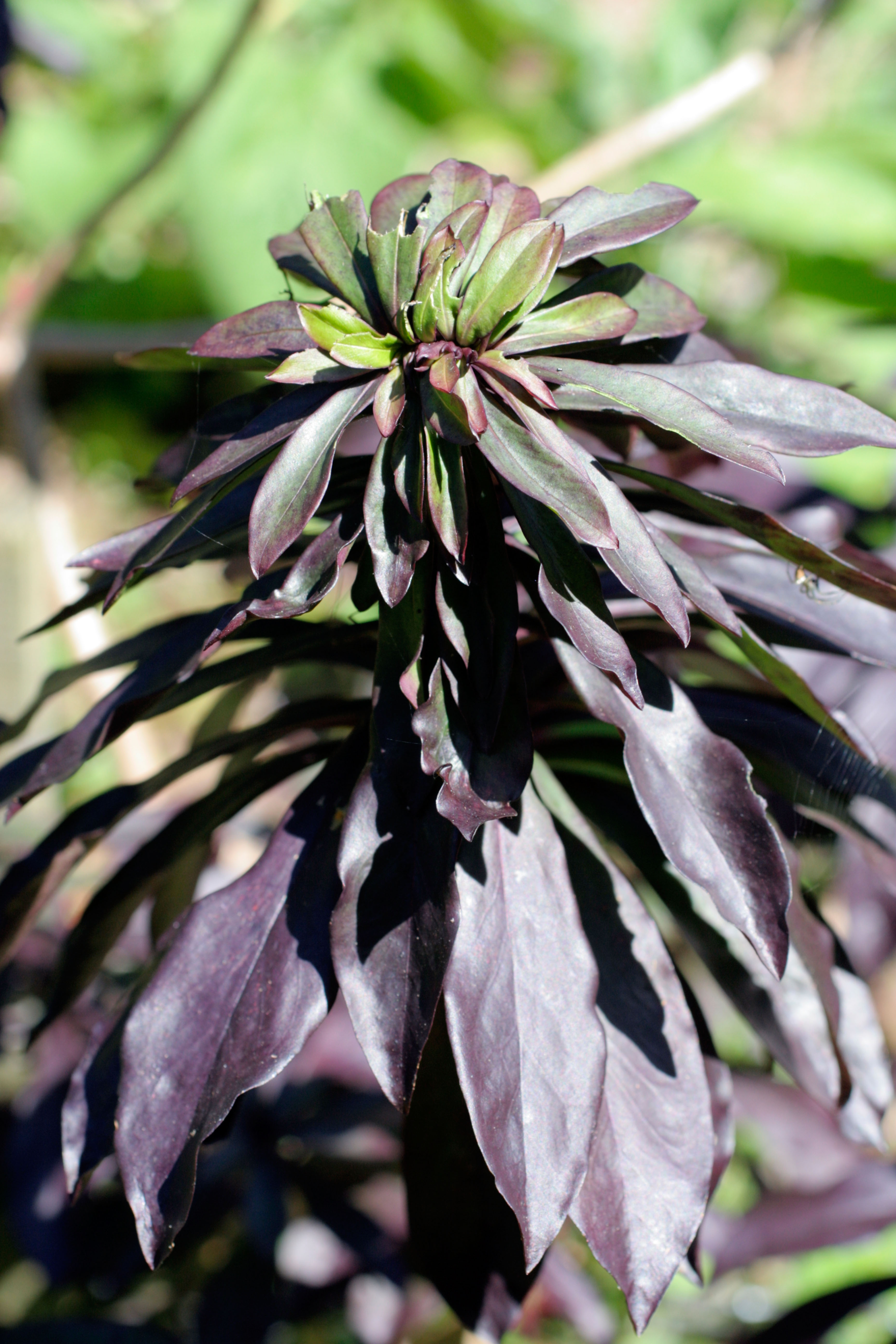
Life, death and daphnes – and the variety that goes in and out of extinction peril
Charles Quest-Ritson muses on daphnes, the lovely winter flowers which seemingly ought to be a lot hardier than they are.
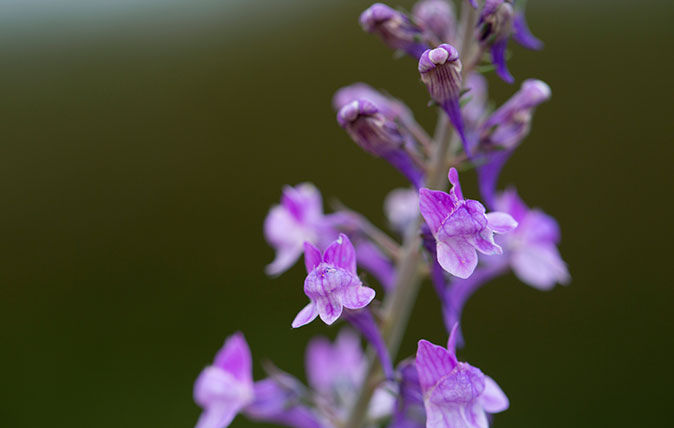
Credit: Alamy
The daftest plant name in English, and how it belongs to a wonderful flower just starting to show its potential
There are a lot of silly names for flowers our there – and Charles Quest-Ritson has a chilling warning for those
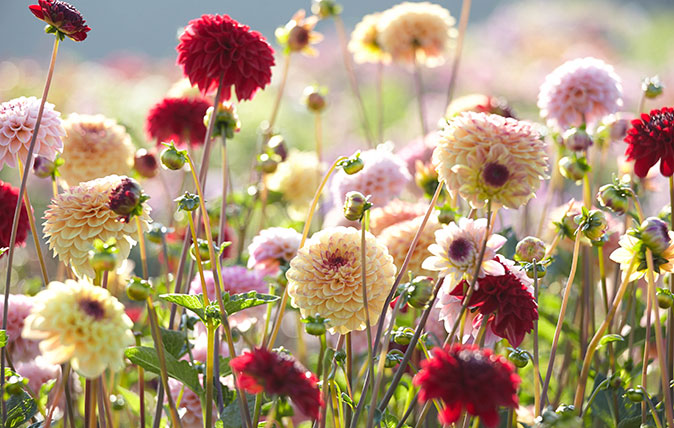
Dahlias, the 'miracles of complexity' that we've learned to love and cherish
Charles Quest-Ritson talks about dahlias, once so unloved, and how they enjoying a surge of popularity.
Charles Quest-Ritson is a historian and writer about plants and gardens. His books include The English Garden: A Social History; Gardens of Europe; and Ninfa: The Most Romantic Garden in the World. He is a great enthusiast for roses — he wrote the RHS Encyclopedia of Roses jointly with his wife Brigid and spent five years writing his definitive Climbing Roses of the World (descriptions of 1,6oo varieties!). Food is another passion: he was the first Englishman to qualify as an olive oil taster in accordance with EU norms. He has lectured in five languages and in all six continents except Antarctica, where he missed his chance when his son-in-law was Governor of the Falkland Islands.
-
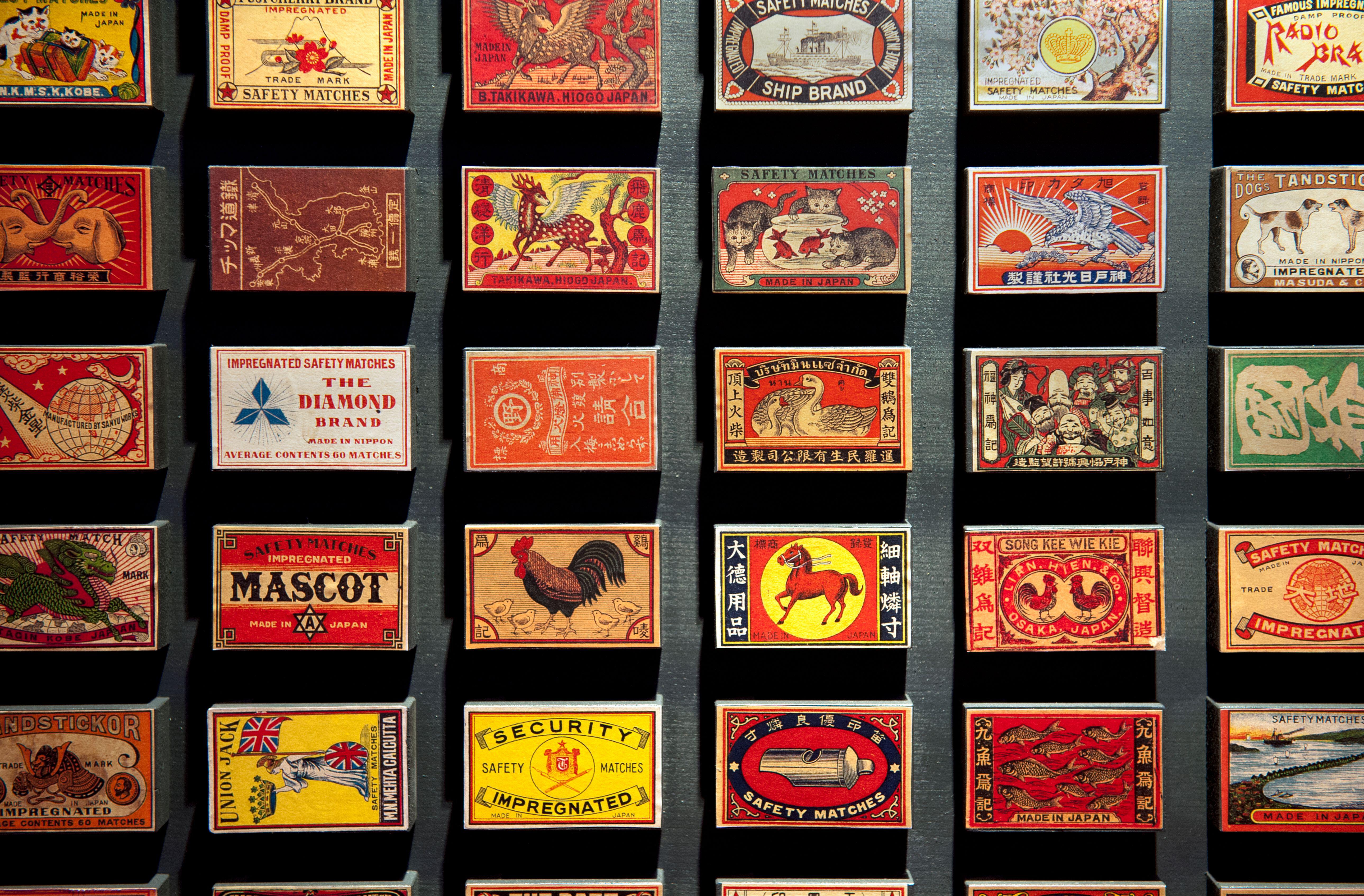 The sparkling history of the match and why its inventor never got the credit he deserved
The sparkling history of the match and why its inventor never got the credit he deservedWe’ve been using matches for 200 years–but, as Rob Crossan discovers, the story of how they came to be is far more colourful (and hair-raising) than we might imagine.
-
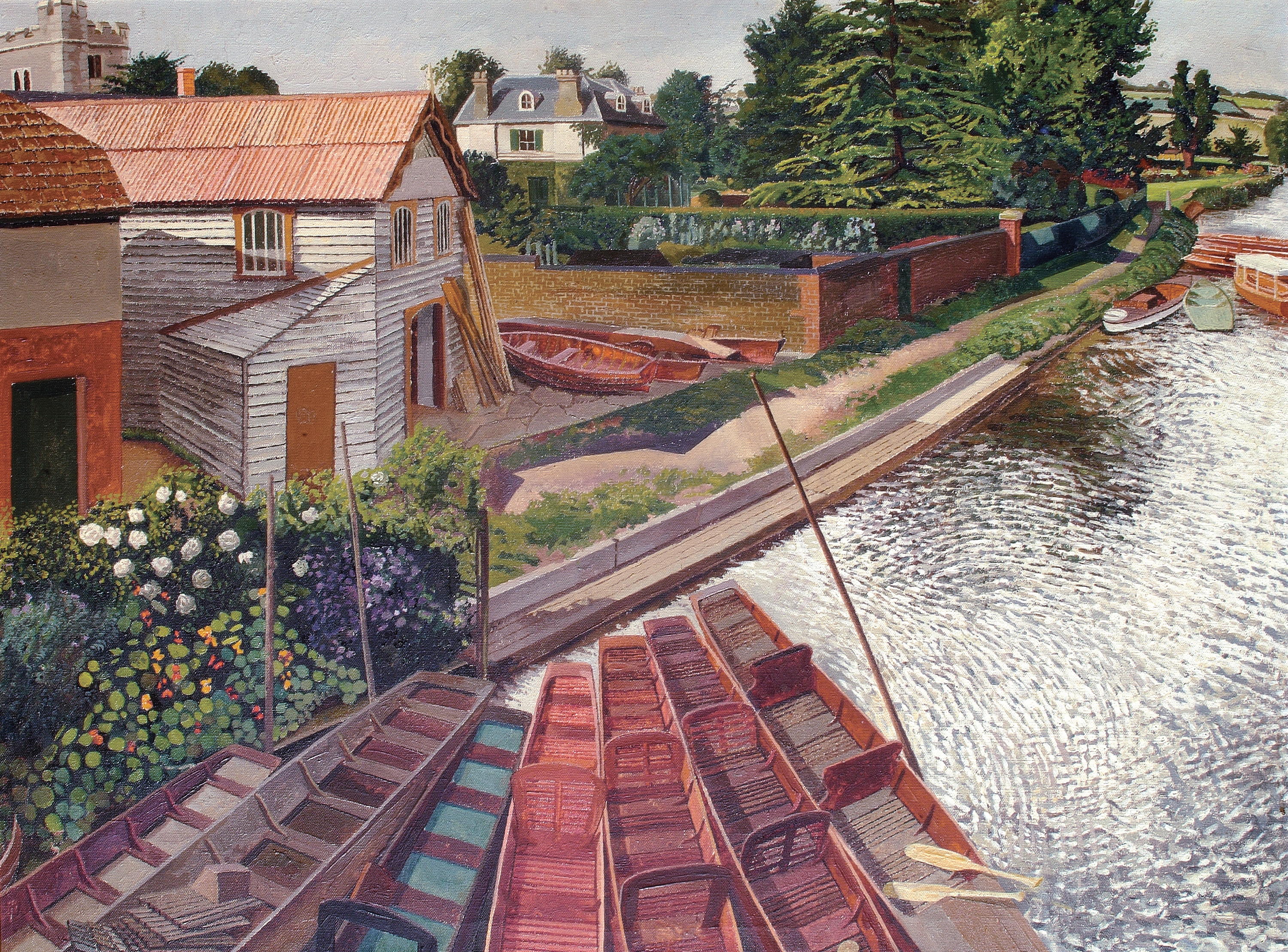 'Love, desire, faith, passion, intimacy, God, spiritual consciousness, curiosity and adventure': The world of Stanley Spencer, a very English visionary
'Love, desire, faith, passion, intimacy, God, spiritual consciousness, curiosity and adventure': The world of Stanley Spencer, a very English visionaryStanley Spencer’s talent for seeing the spiritual in the everyday, his stirring sense for the wonder of Nature and his love for the landscapes of Berkshire and Suffolk shaped his art, as Matthew Dennison reveals.
-
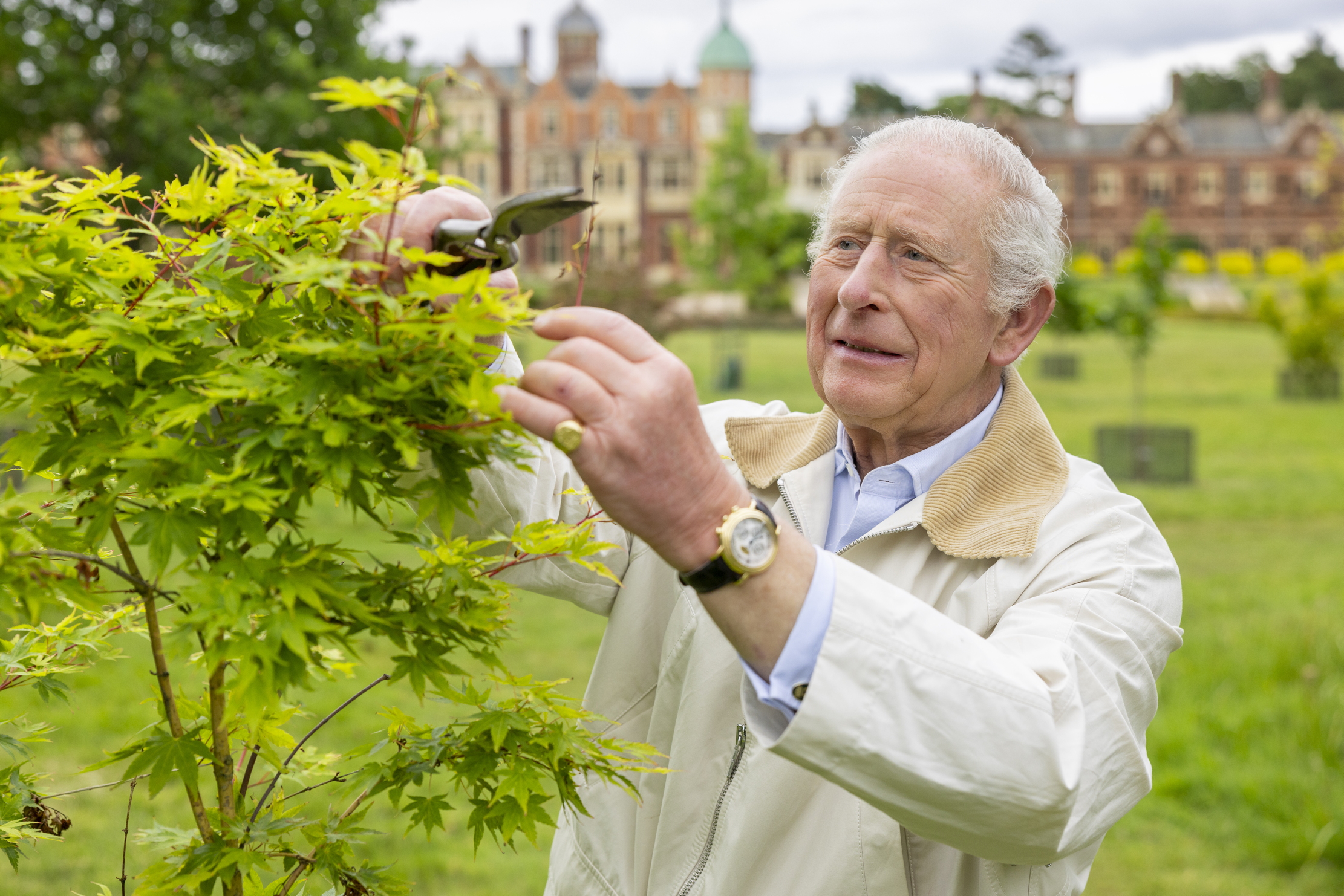 A royal success: The King's gardens at Sandringham
A royal success: The King's gardens at SandringhamIn only three years, The King has overseen a remarkable resurrection of the gardens and parkland at Sandringham. Charles Quest-Ritson visits
-
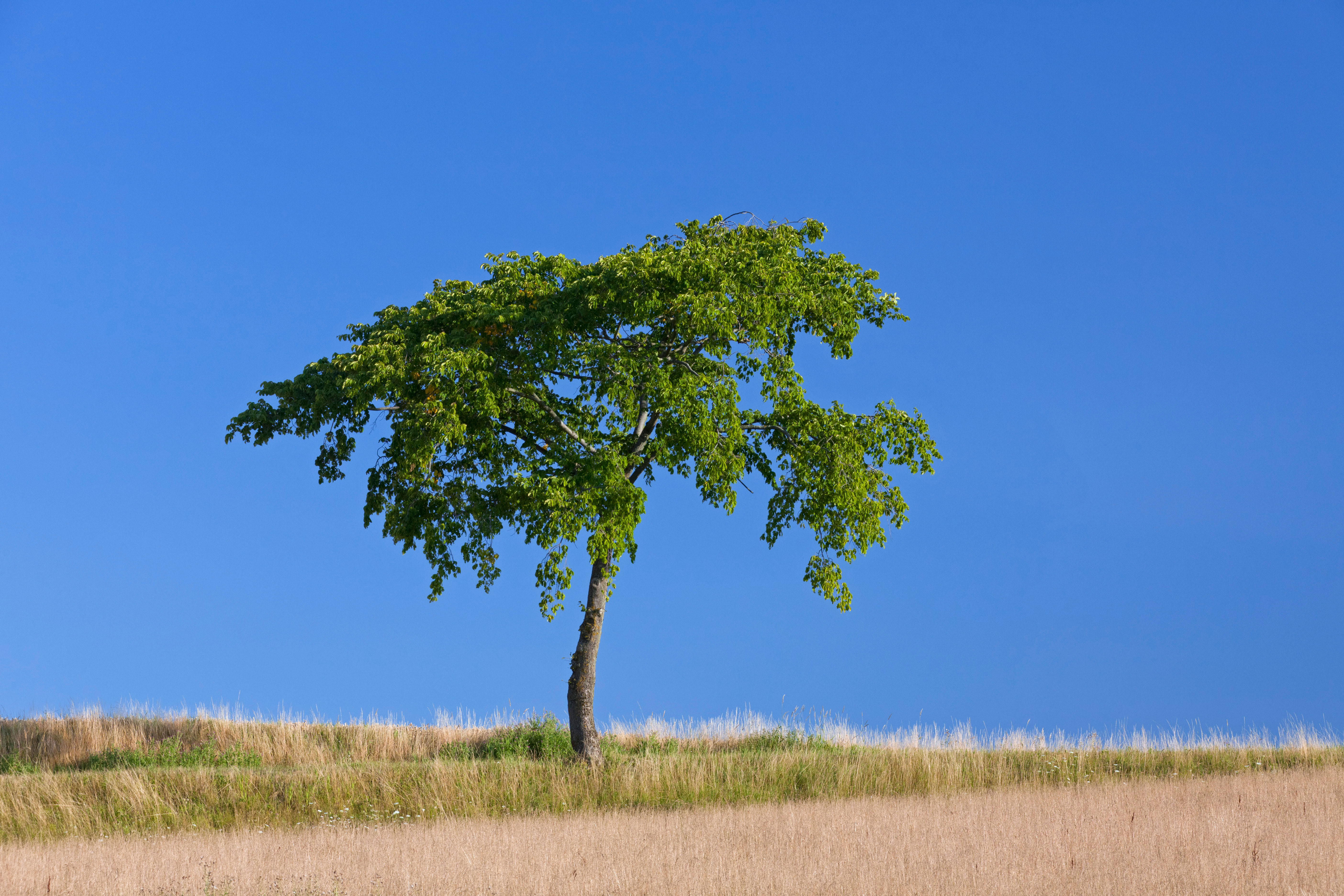 The trees that are as fine to eat as they are to look at
The trees that are as fine to eat as they are to look atMark Diacono doesn't grow many trees for the sake of the bounty they provide — but these are the notable exceptions.
-
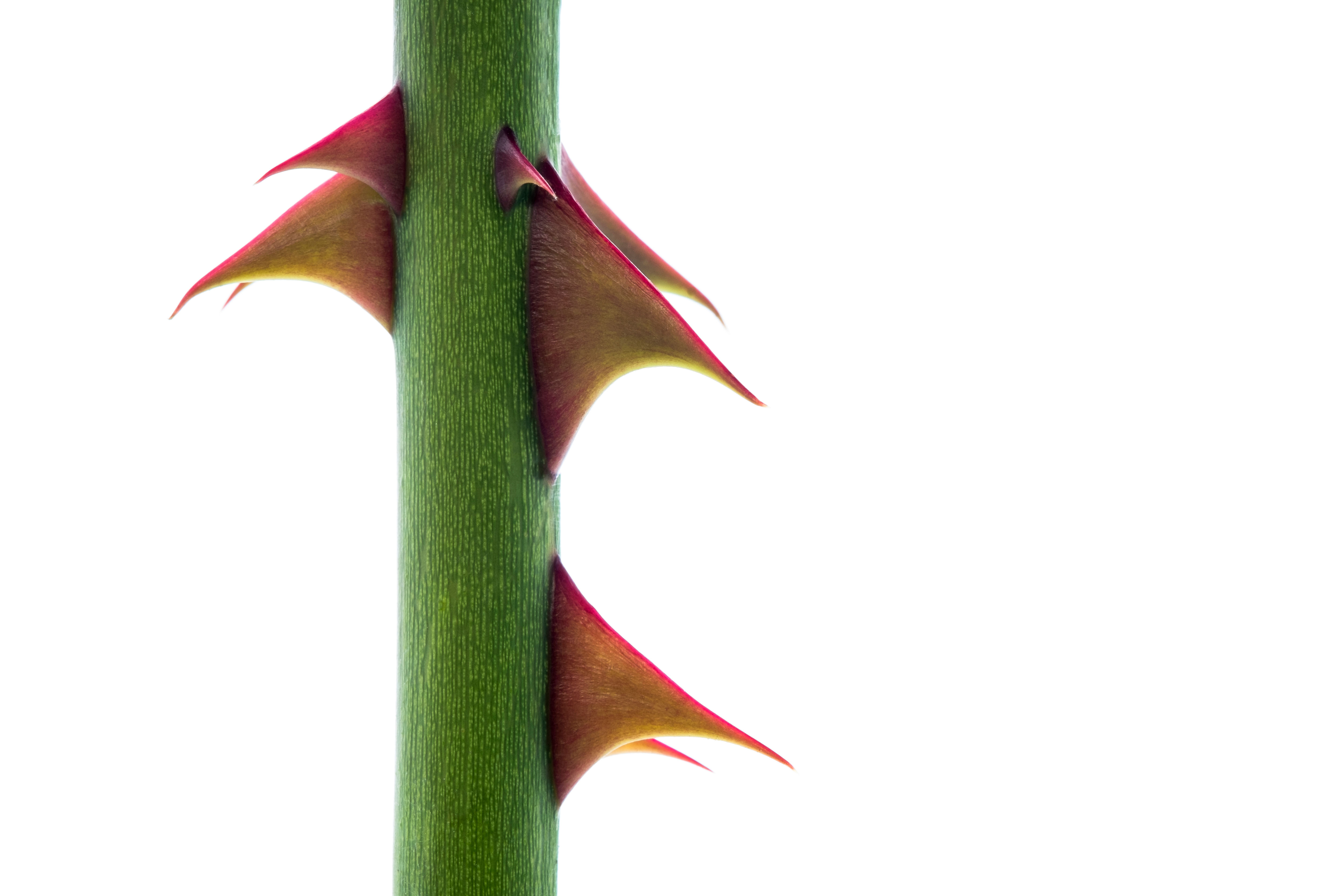 Bothered by brambles and snagged by sow thistles, but what is the point of all this thorny microaggression?
Bothered by brambles and snagged by sow thistles, but what is the point of all this thorny microaggression?Nature’s spiky deterrents — thorns, spines and prickles — may be quick to catch us out, but they can also prove to be a useful ally.
-
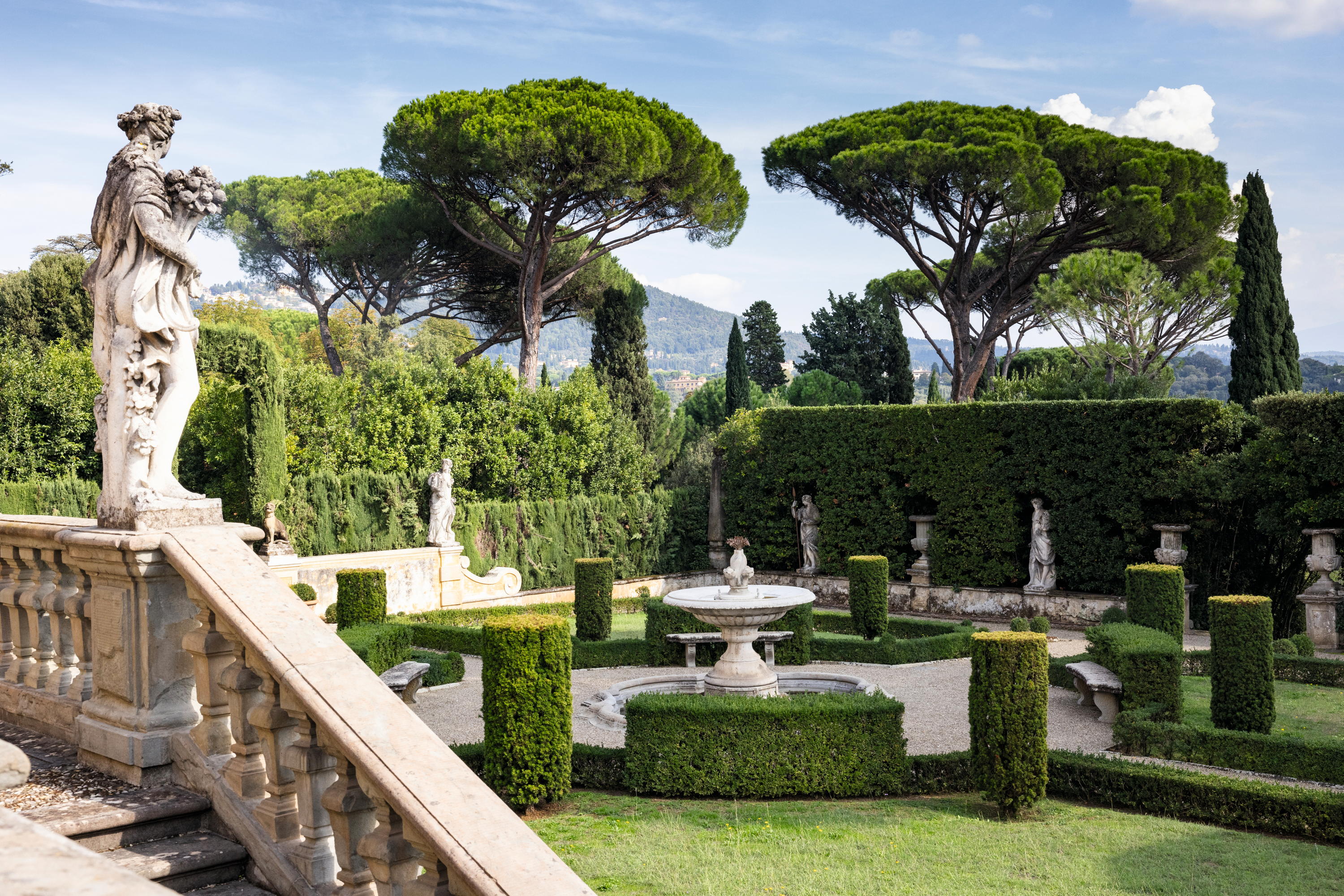 The Tuscan gardens where the English and Italian traditions come together, and Yorkshire rhubarb grows happily beside spectacular citrus
The Tuscan gardens where the English and Italian traditions come together, and Yorkshire rhubarb grows happily beside spectacular citrusNick Dakin-Elliot, who gardens in Tuscany, is still moved by the Italian hilltop gardens that command some of the most beautiful views in the world.
-
 'My family wore wool at a time when everyone else had cast it off in favour of manmade fabrics': The knitwear pioneer who is one of David Beckham's countryside champions
'My family wore wool at a time when everyone else had cast it off in favour of manmade fabrics': The knitwear pioneer who is one of David Beckham's countryside championsJulie Harding speaks to Rachel Carvell-Spedding the founder of British knitwear brand Navygrey, and one of David Beckham's countryside champions.
-
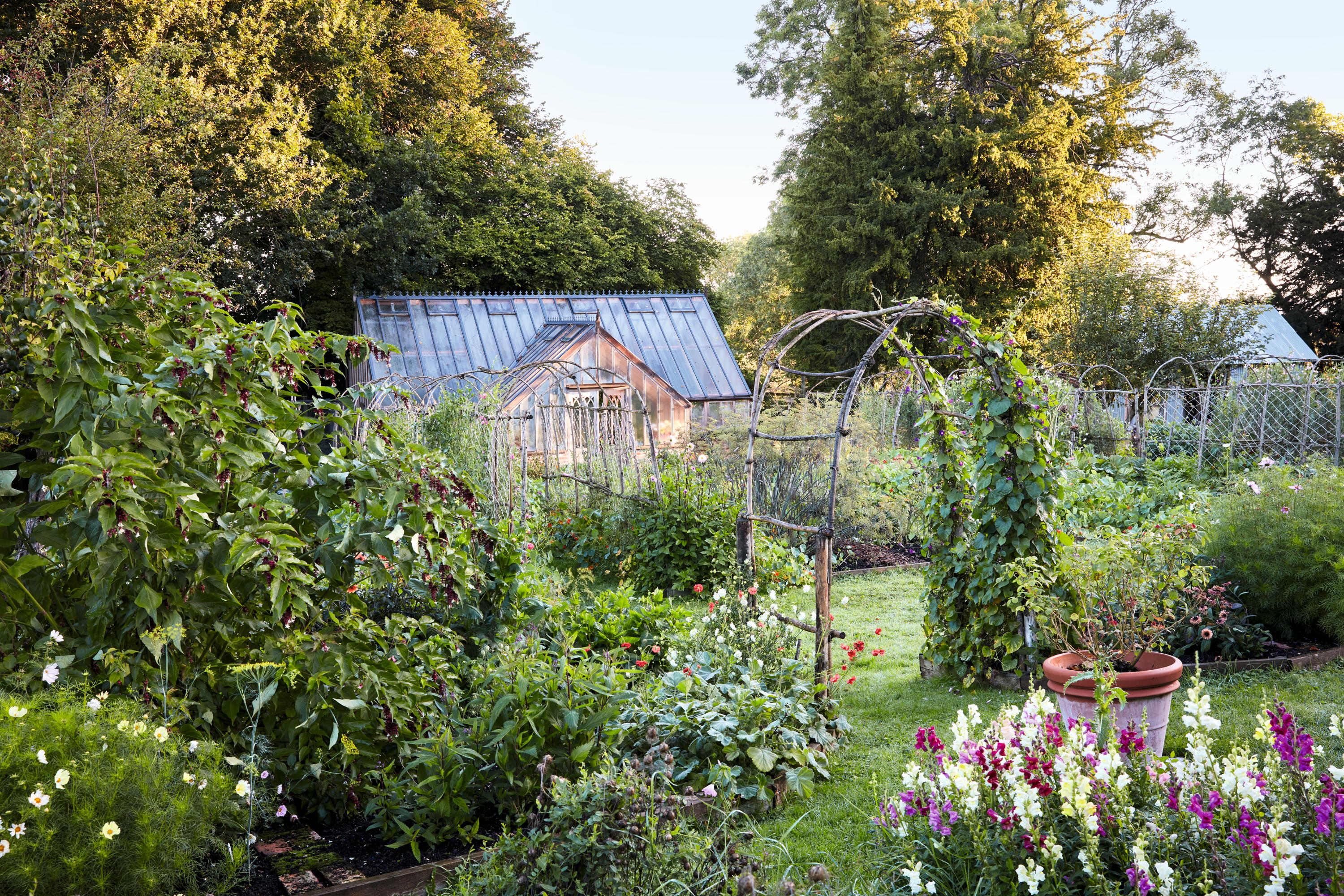 James Alexander-Sinclair: Making a new garden for someone is 'thrilling', but we need more sensitive and skilled gardeners to look after them
James Alexander-Sinclair: Making a new garden for someone is 'thrilling', but we need more sensitive and skilled gardeners to look after themPay your gardeners properly, says James Alexander-Sinclair as, without them, you will have no garden.
-
 'Seeing the work that people are doing all around the world has given me hope for the future': The young naturalist who is one of David Beckham's countryside champions
'Seeing the work that people are doing all around the world has given me hope for the future': The young naturalist who is one of David Beckham's countryside championsJulie Harding speaks to Ramandeep Nijjar, a young naturalist who has made an impact on the world even before finishing university, and one of David Beckham's countryside champions.
-
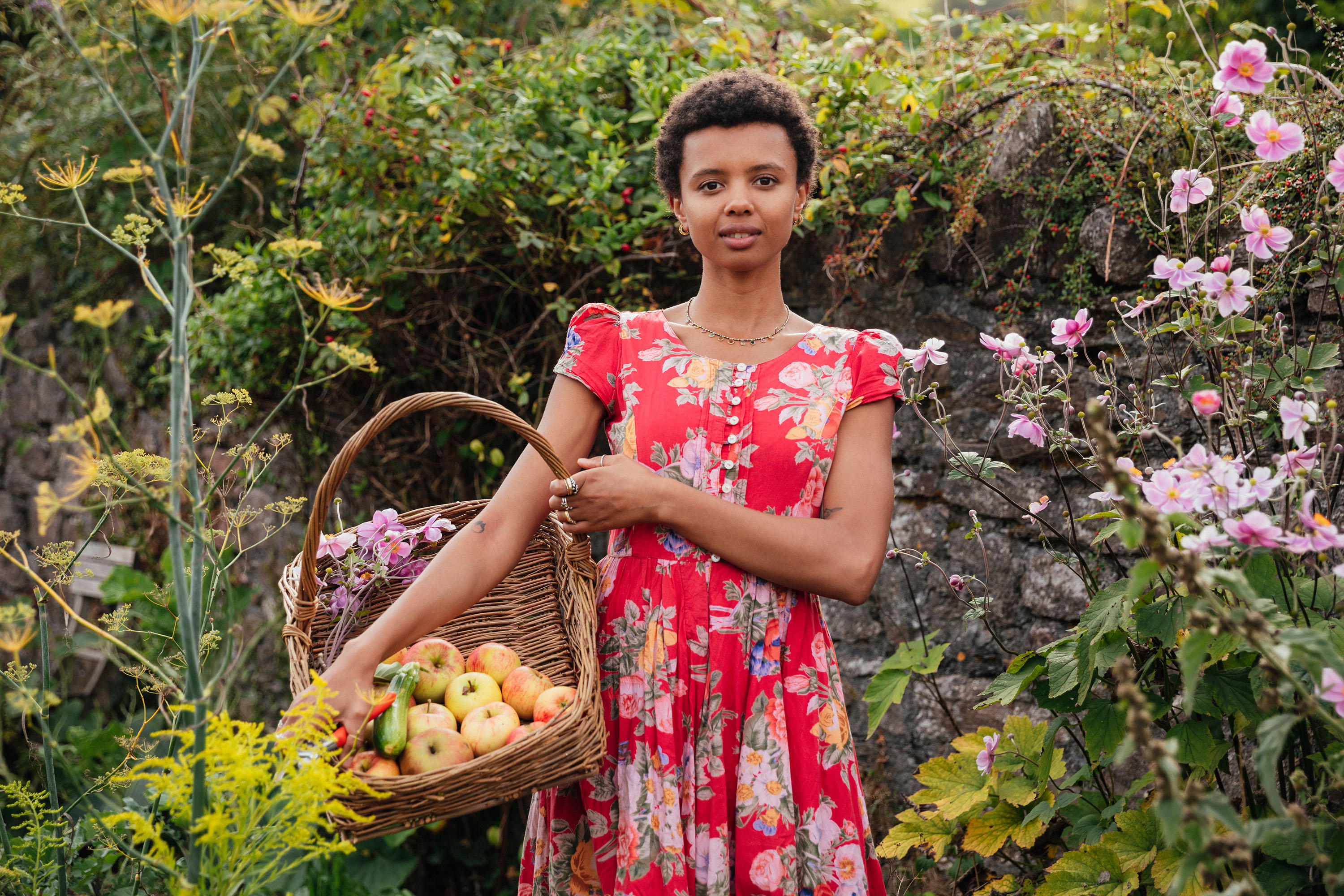 Poppy Okotcha, the model turned gardener who is one of David Beckham's countryside champions
Poppy Okotcha, the model turned gardener who is one of David Beckham's countryside championsPoppy Okotcha, the 29-year-old ecological community grower, garden content creator, author — and also one of David Beckham's countryside champions — speaks to Julie Harding.
